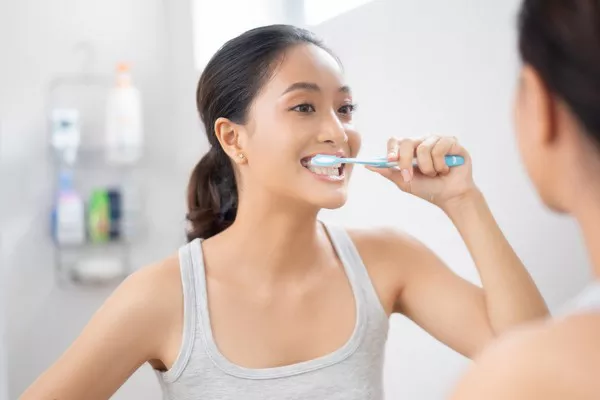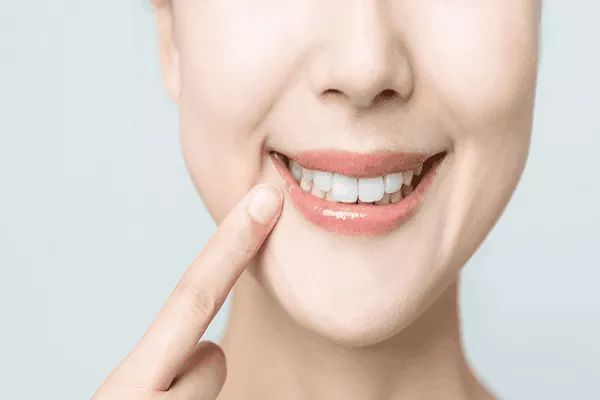The quest for a brighter, whiter smile has led many to explore various home remedies and natural solutions. One such popular ingredient often touted for its teeth-whitening potential is sodium bicarbonate, commonly known as baking soda. In this article, we delve into the efficacy of using sodium bicarbonate for teeth whitening, examining its benefits, potential drawbacks, and providing insights for those considering this natural approach.
1. Understanding Sodium Bicarbonate and Its Properties
Before exploring its teeth-whitening capabilities, it’s essential to understand what sodium bicarbonate is and how it functions.
Chemical Composition: Sodium bicarbonate is a white crystalline powder with alkaline properties. Its chemical structure includes sodium, hydrogen, carbon, and oxygen.
Alkaline Nature: Baking soda is alkaline in nature, meaning it has a pH higher than 7. This property contributes to its ability to neutralize acids.
2. The Teeth-Whitening Mechanism of Sodium Bicarbonate
Sodium bicarbonate is believed to have several properties that contribute to its teeth-whitening potential.
Abrasive Action: Baking soda is mildly abrasive, which means it can help remove surface stains on teeth caused by substances like coffee, tea, or red wine.
Neutralizing Acids: The alkaline nature of sodium bicarbonate may help neutralize acids in the mouth, creating an environment less conducive to the formation of stains.
Altering pH Balance: Baking soda’s ability to alter the pH balance in the mouth may contribute to preventing the growth of bacteria that could lead to plaque and discoloration.
3. DIY Baking Soda Toothpaste and Whitening Techniques
Many individuals incorporate sodium bicarbonate into their oral care routines through DIY toothpaste or whitening techniques.
Baking Soda Toothpaste: Mixing baking soda with water or a small amount of toothpaste to create a homemade toothpaste is a common practice. Some add a few drops of hydrogen peroxide for an additional whitening boost.
Baking Soda and Lemon Juice: Some DIY methods involve combining baking soda with lemon juice. The acidity of lemon juice, however, raises concerns among dental professionals as it may erode tooth enamel.
Brushing with Baking Soda: Brushing teeth directly with baking soda, either alone or with a toothbrush, is another method some individuals use to target surface stains.
4. Potential Drawbacks and Considerations
While sodium bicarbonate may offer some benefits for teeth whitening, there are potential drawbacks and considerations individuals should be aware of.
Abrasive Nature: The abrasive nature of baking soda, if used excessively or with too much force, may lead to enamel wear and tooth sensitivity.
Lack of Fluoride: Homemade baking soda toothpaste may lack fluoride, a crucial mineral for preventing tooth decay. Regular toothpaste recommended by dental professionals typically contains fluoride.
Potential for Irritation: The acidity of lemon juice, when combined with baking soda, may irritate the gums and soft tissues in the mouth.
5. Scientific Studies and Professional Perspectives
Scientific studies on the effectiveness of sodium bicarbonate for teeth whitening are limited. While some research suggests its potential benefits in removing surface stains, the overall consensus among dental professionals is that its abrasive nature raises concerns about enamel erosion.
American Dental Association (ADA): The ADA advises caution when using baking soda for teeth whitening and recommends consulting with a dentist before incorporating it into an oral care routine.
Clinical Evidence: While there is anecdotal evidence supporting the use of baking soda for teeth whitening, more clinical studies are needed to establish its safety and efficacy definitively.
Conclusion: Balancing Natural Remedies with Professional Guidance
In conclusion, while sodium bicarbonate, or baking soda, is widely considered a natural remedy for teeth whitening, its effectiveness and safety warrant careful consideration. The abrasive nature of baking soda and potential drawbacks, such as enamel wear and gum irritation, highlight the importance of balancing natural remedies with professional guidance.
Individuals seeking a brighter smile should consult with their dentist before incorporating baking soda into their oral care routine. Dental professionals can provide personalized recommendations based on an individual’s oral health needs and guide them toward safe and effective teeth-whitening options. As with any home remedy, moderation and informed decision-making are key to maintaining optimal oral health while pursuing a whiter smile.
How much does laser teeth whitening cost?
Does blue uv light whiten teeth?
































